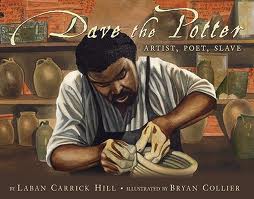The Giver by Lois Lowery is number eleven on the 100 Most Challenged Book list; The Giver also won the Newbery Metal in 1994.
Exposition: The Giver takes place sometime in the future, in a colorless place where everyone acts the same and every member of the community is assigned a job. All rules must be followed or the member will be punished. Jonas is a member of this community and he is eleven and lives with a sister, mother and father.
Conflict: Jonas is becoming aware that he sees things differently than others in his community, this causes him to start question the way things are and the restrictions placed on him and the other members of the community.
Rising Action: Jonas is excited and worried about the Ceremony of Twelve, where he will be given his adult job based on what the committee decides will be best for him. He is given the job of the Receiver. This job means that The Giver will give him all of the memories of the community’s past including the memories of pleasure and pain. In exchange, the members of the community can live pain free, peaceful existence. Meanwhile, Jonas’s family is nurturing a baby that was not doing well on the center and is in danger of being released. The Giver grows close to Jonas and encourages him to ask questions. Jonas asks what ‘being released’ means and the Giver shows him.
Climax: Jonas discovers that the baby, Gabriel, is going to be released in the morning and this is the last night with the baby. After, everyone is asleep; Jonas takes the baby, food and his father’s bicycle and escapes.
Falling Action: Jonas escapes with the baby, hiding from planes, and experiencing hunger, cold and pain.
Resolution: When Jonas thinks that he can go no further, he comes to a hill with a sled, just like his first memory the Giver gave him. Jonas and Gabriel sled down the hill toward a home with lights on and music playing. He is certain that the people below will welcome him and Gabriel when they get to the bottom.
One of the literary qualities found in this book is the use of foreshadowing and another literary quality is the symbolism.
Lowery, L. (1993). The Giver. New York: Dell Laurel-Leaf.










































